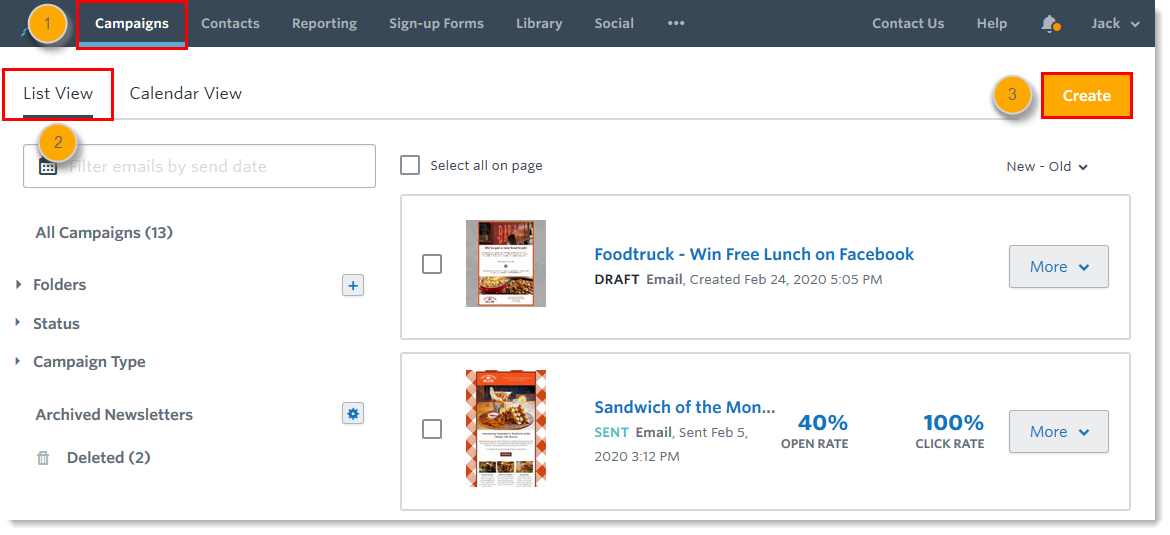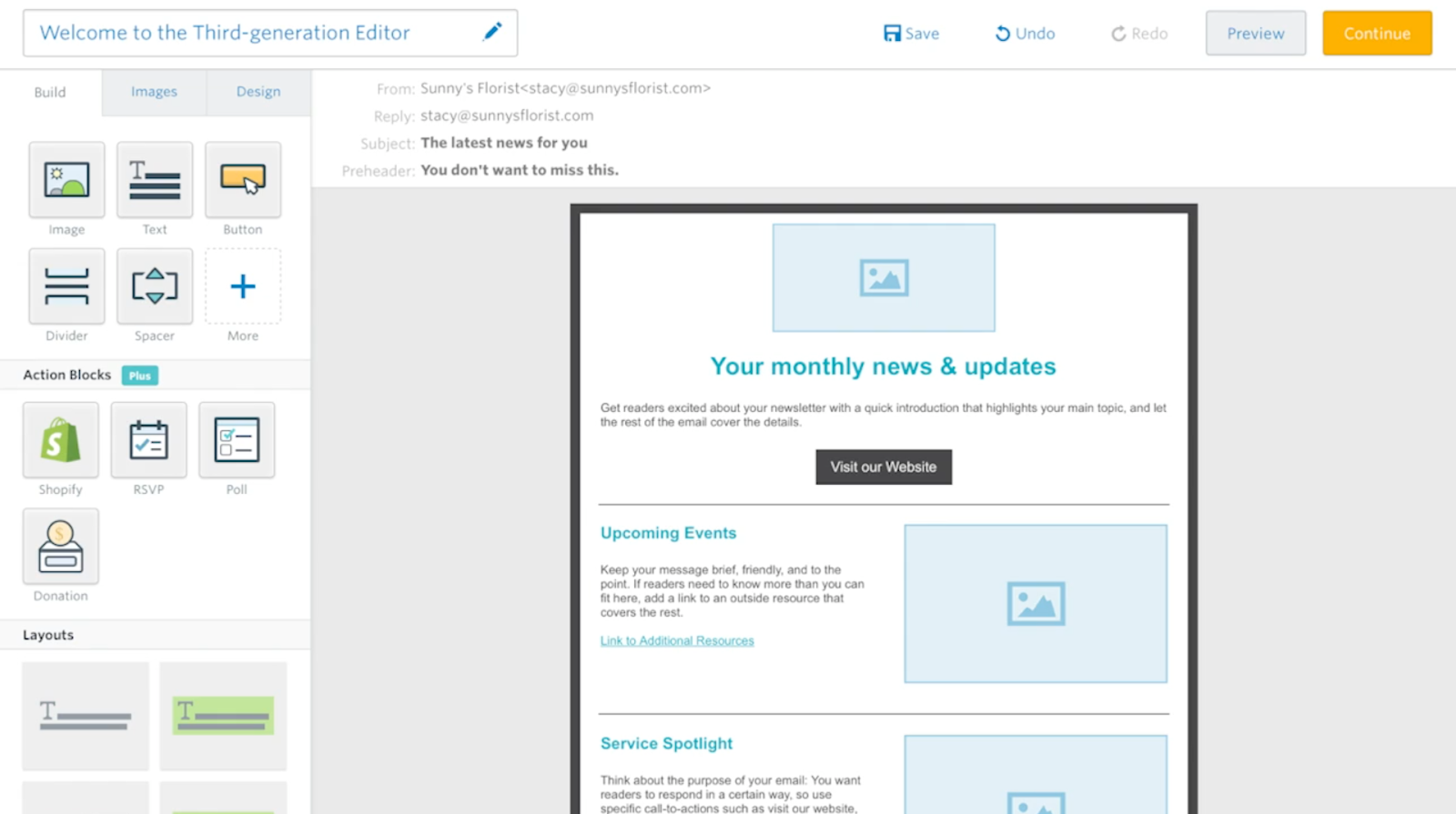Today, anyone with a computer can create their own digital works without too much hassle. With an internet connection, they can also publish that work in an instant. This user-friendliness wasn’t always the case — and it’s largely thanks to WYSIWYG editing programs. So, what is a WYSIWYG editor?
Using early word processors, digital creators could only see standard typeface as they wrote. There was little visual guidance on how a finished piece of content would look — like its layout, margins, or spacing. Any text edits like boldface, italics, or size also required special markup codes added to the copy. At the time, each program usually had its own unique formatting commands as well.
Creating digital materials used to be a challenge for anyone who wasn’t a seasoned programmer. But this inconsistency made it difficult for even the most tech-savvy to work with more than one editing program and still have confidence in how their final product would look. But as computer systems evolved, they became more user-friendly. Design programs now employ WYSIWYG (“wiz-ee-wig”) editing — programmer slang for “What You See Is What You Get.” Using a WYSIWYG editor for your digital content can ensure that everything will come out the way you want it to look, so what you see is indeed what you — and your audience — get.
What is a WYSIWYG editor?
At its core, WYSIWYG refers to any type of editing system that shows a user how content will appear to an audience. Instead of tweaking walls of code to make a change, digital creators can make quick edits and see each edit’s visual impact in real-time.
You probably regularly use WYSIWYG applications without knowing it — which is part of its appeal. Any time you change the font in a Microsoft Word document, adjust margins in a presentation, or add an image to an email newsletter on Constant Contact, you immediately see your changes reflected on-screen. Adjustments to the source code behind the edits happen automatically. That functionality is all powered by built-in WYSIWYG editing features.
WYSIWYG programs go beyond everyday word processing needs, however. Today’s platforms offer an approachable way for any user to produce and adjust all styles of content — with the programming magic churning along behind the scenes.
What is a WYSIWYG editor’s advantage?
When what you see is what you get, all users need to create great-looking content is an idea and a keyboard. This empowers greater creative control over a wide range of content development.
With a WYSIWYG editor, just about anyone can develop attractive digital marketing materials like landing pages, email newsletters, and blogs without much technical expertise.
Along with this low technical requirement, there are other benefits to working with a WYSIWYG editor.
It’s easy to use
WYSIWYG editors allow developers to think entirely in terms of how they want their work to appear. This simplicity makes digital creation more accessible, one of the main benefits of today’s mainstream applications.
A WYSIWYG editing system’s intuitive design lets users:
- Drag and drop different elements like videos, images, and text blocks around a page
- Change fonts, colors, alignment, and layouts, and see modifications in action
- Add line breaks, spacing, and headings that guide readers through the text more effectively, delivering a better user experience (UX)
These features generate professional-looking content in a matter of minutes — with no significant technical skill required.
It supports search engine optimization (SEO)
The goal behind every piece of digital content is to attract the maximum number of eyes. Search engine optimization (SEO) is writing and designing your content to increase its visibility in search engine results.
While many factors influence a site’s search engine ranking potential, WYSIWYG tools help content creators be sure of better outcomes. Today’s editors integrate features grounded in SEO best practices, like:
- Header tags that give content structure for both readers and search engine bots to follow
- Responsive page design tools that optimize layouts for screens of varying size, including mobile devices
- Hyperlinks to internal and external sources
- Image alt-text and meta descriptions
You get more creative versatility
With WYSIWYG editor support, there’s more flexibility in what you create and how you get there. Thanks to an intuitive interface, anyone on your team can collaborate on creative materials. There’s also less creative compromise on how you want things to look. That’s because as the digital landscape continues to evolve, so do WYSIWYG platforms.
Today’s more advanced products can help you optimize your vision — without needing to spend entire afternoons working on complicated strings of code. There are WYSIWYG applications that allow users to create page elements like:
- Animations that enhance your design
- Slideshows and dynamic text boxes
- Submission forms and surveys
Easily add, modify, and update materials
Information moves fast today, and even the best content doesn’t have a very long lifespan. By enabling you to make updates on-the-fly, a WYSIWYG editor helps keep all your materials current.
Seeing these changes as you make them allows greater efficiency in your content development. It’s simple to:
- Add new information where you want it positioned, like a call to action (CTA) for a new product or promotion
- Quickly change the position or size of an image, video, or text box
- Make updates to old blog posts to keep them relevant, boosting their SEO ranking
- Add backlinks as your web presence grows
- Seamlessly add new text and graphics in a standardized template for items like email newsletters or blog posts
There’s foolproof consistency
It’s far easier to catch a mistake when it’s glaring back at you from your screen, not hidden in code like HTML markup. But WYSIWYG applications also help you maintain consistency in your content design — one of the key principles in both effective branding and delivering a good user experience.
WYSIWYG editors support better content consistency because you can:
- Make an instant copy of a digital page, so you can change its content but maintain its style
- Disable certain editing features — so there’s no tampering with branding elements like font color, sizing, or background
- Ensure a uniform look for frequently updated content like a blog or email newsletter
You have access to ready-made templates
When WYSIWYG editors first launched, they made digital content design far more accessible. Nowadays, you hardly need an eye for design to produce great marketing materials.
Most WYSIWYG platforms offer users ready-to-go templates that take the guesswork out of attracting your audience’s attention. Whether you need a simple set of static landing pages, a complex site architecture, or engaging email designs, there are template options available to serve nearly any need. There’s no need to hire a website designer to build custom templates for your business.

With pre-designed templates, you benefit from:
- UX-focused content navigation and less risk of broken links
- Easy addition of new content without deviating from your theme
- Less time spent configuring your design so you can focus on crafting the content itself
What is a WYSIWYG editor’s set of features?
When you use a WYSIWYG editor, there are generally a few ways to visualize your final product. Most platforms allow you to toggle between a:
- Composition or editing mode, lending digital content development a look and feel familiar from standard word processing applications
- Layout mode that looks similar to the end result, but enables easier editing for aspects like alignment and spacing
- Preview mode that generates a page as close as possible to the final or published version
Most WYSIWYG editors offer comparable standard editing features — but depending on the product, a platform may include variations or more advanced options. Basic WYSIWYG features include copy editing tools that:
- Make text appear bold, italicized, underlined, struck through, superscript, or subscript
- Change text font, color, and size
- Align paragraphs left, right, or center
- Adjust header styles
- Add bulleted, numbered, or checkable lists
- Insert a hyperlink

It’s also simple to play around with your page layout and look by adding and editing elements like:
- Background color, pattern, and design
- Images, videos, and slideshows
- Blockquotes, text boxes, and tables with custom rows and columns
- Links to .pdf files, embedded YouTube videos, Shoppable Landing Pages, article previews, and more
The greatest asset of WYSIWYG editors isn’t this set of tools — it’s the simple functionality that helps you use them. Even the most advanced WYSIWYG platforms make use of the practical design of everyday applications like word processors. You dream up what you want to create and build it on-screen — using simple toolbar functions that are already familiar.
The WYSIWYG landscape continues to evolve alongside creators’ needs as well. Many editing services offer users even more WYSIWYG features and plugins, including:
- Pop-ups, custom grids, and advanced media embedding from sources like SlideShare, Facebook, and Spotify
- Clean copy-and-pasting so you can seamlessly transfer completed work from platforms like Microsoft Word or Google Docs
- Automatic spell-checking and link verification
- Accessibility checkers that ensure all users view your content as intended from any browser or device
- Cleanup of the behind-the-scenes code, helping pages load faster and attract better SEO attention
Make WYSIWYG work for you
With so much customization available across today’s WYSIWYG editors, the right set of tools depends on your digital marketing needs. This means choosing a WYSIWYG system that best aligns with your preferences, workflow, and style — so you get the right blend of flexibility and functionality to streamline better digital creation.
Digital & Social Articles on Business 2 Community
(84)
Report Post



